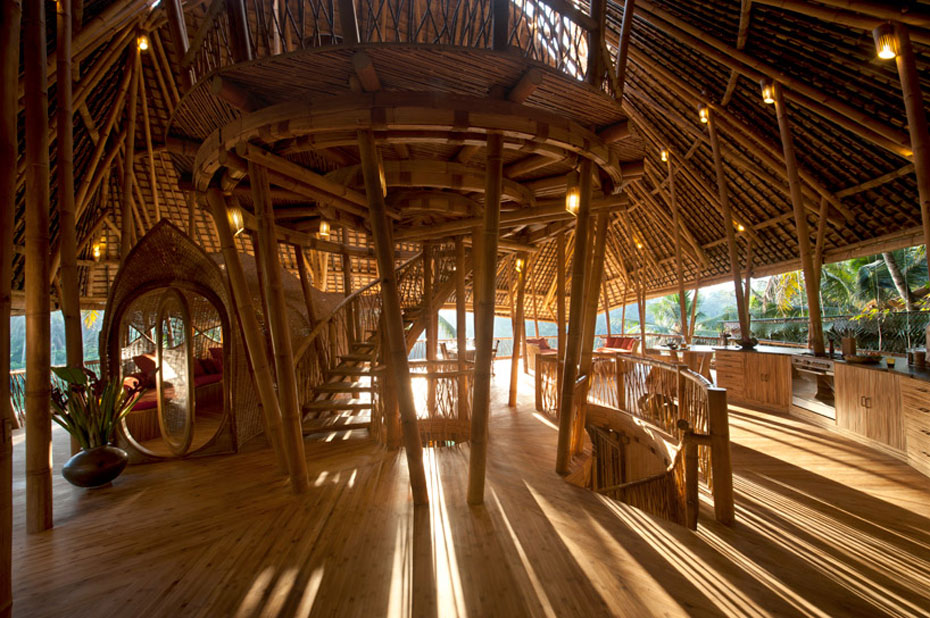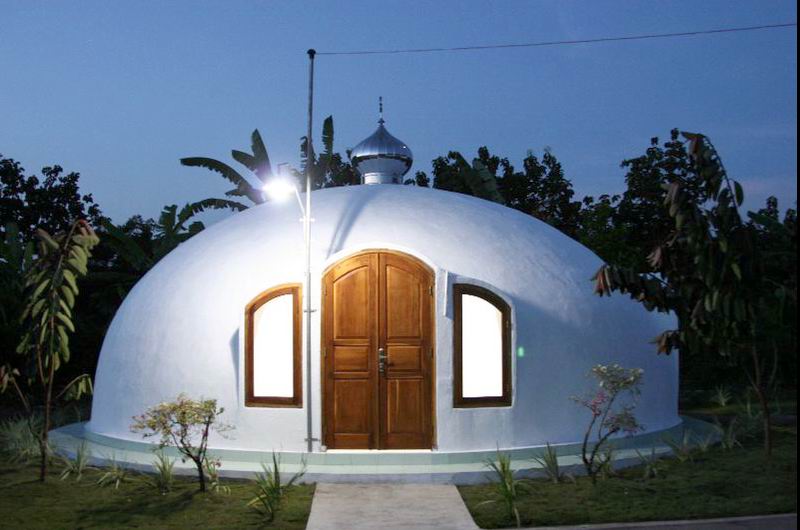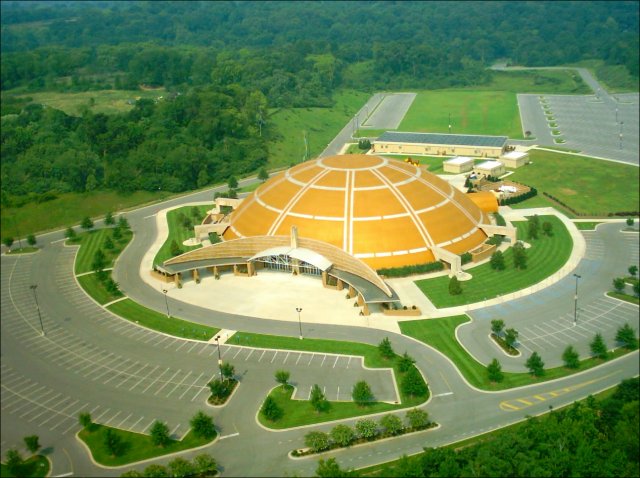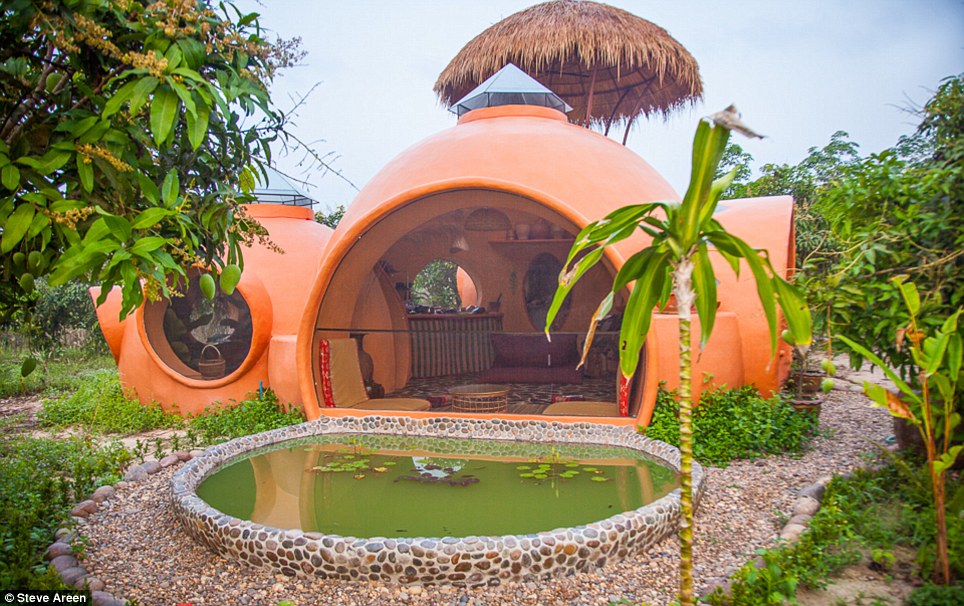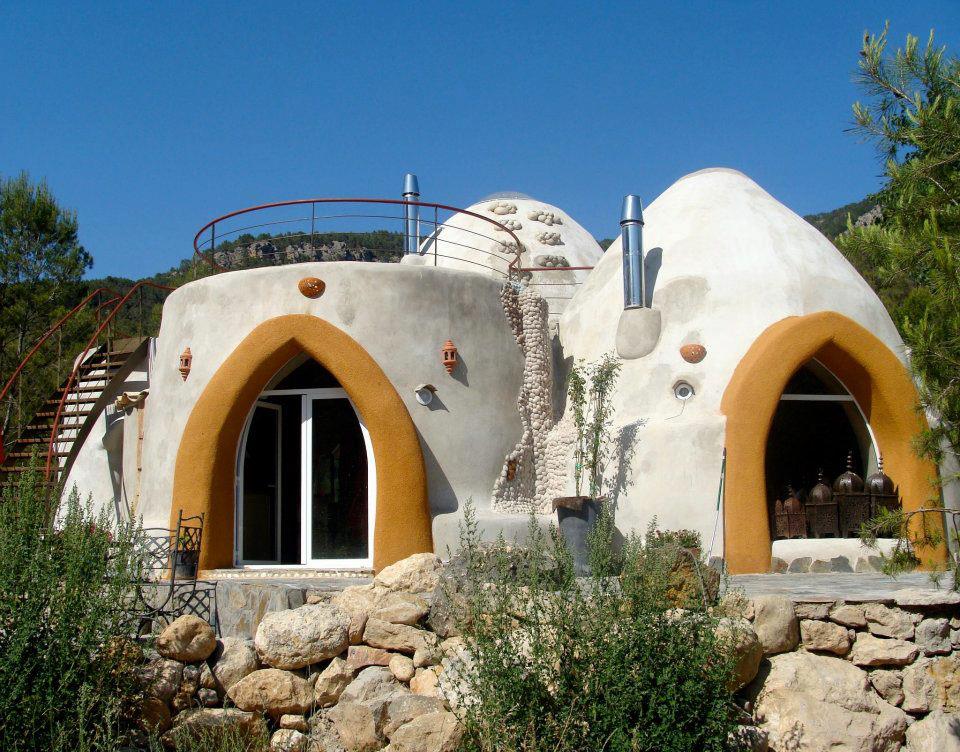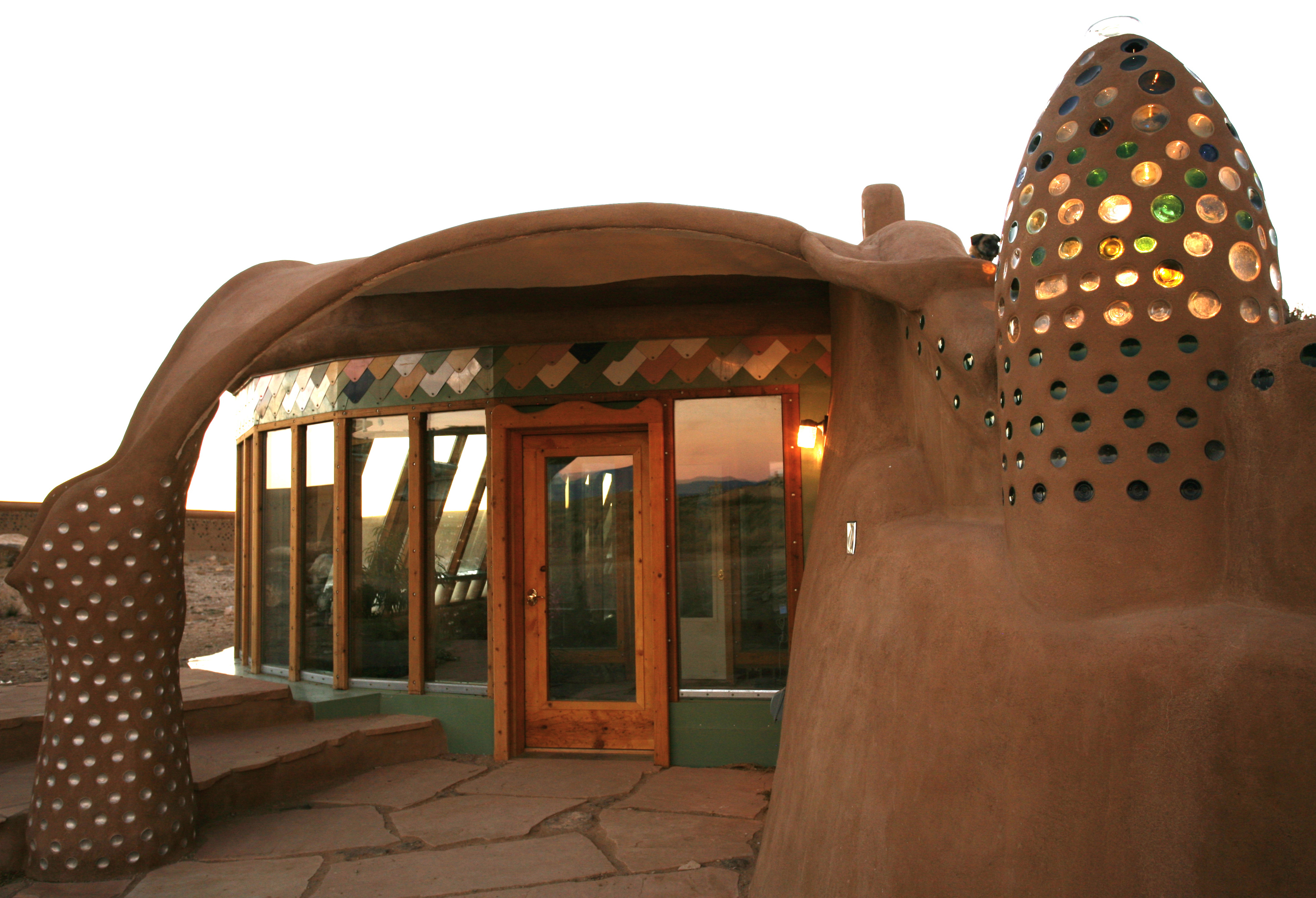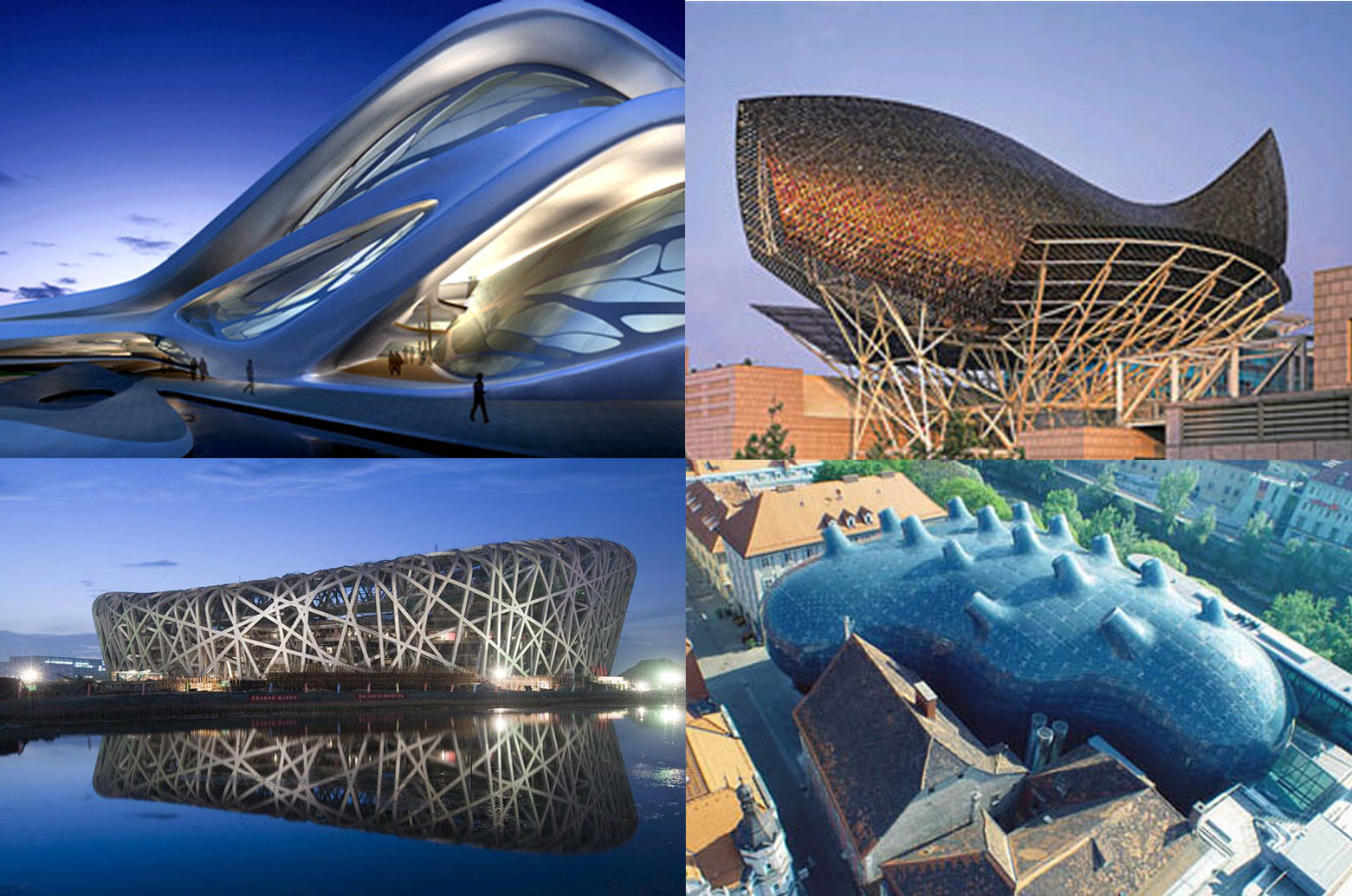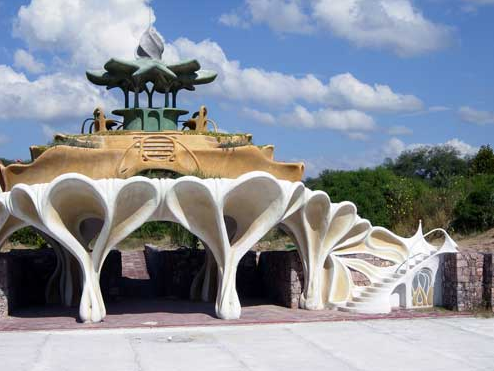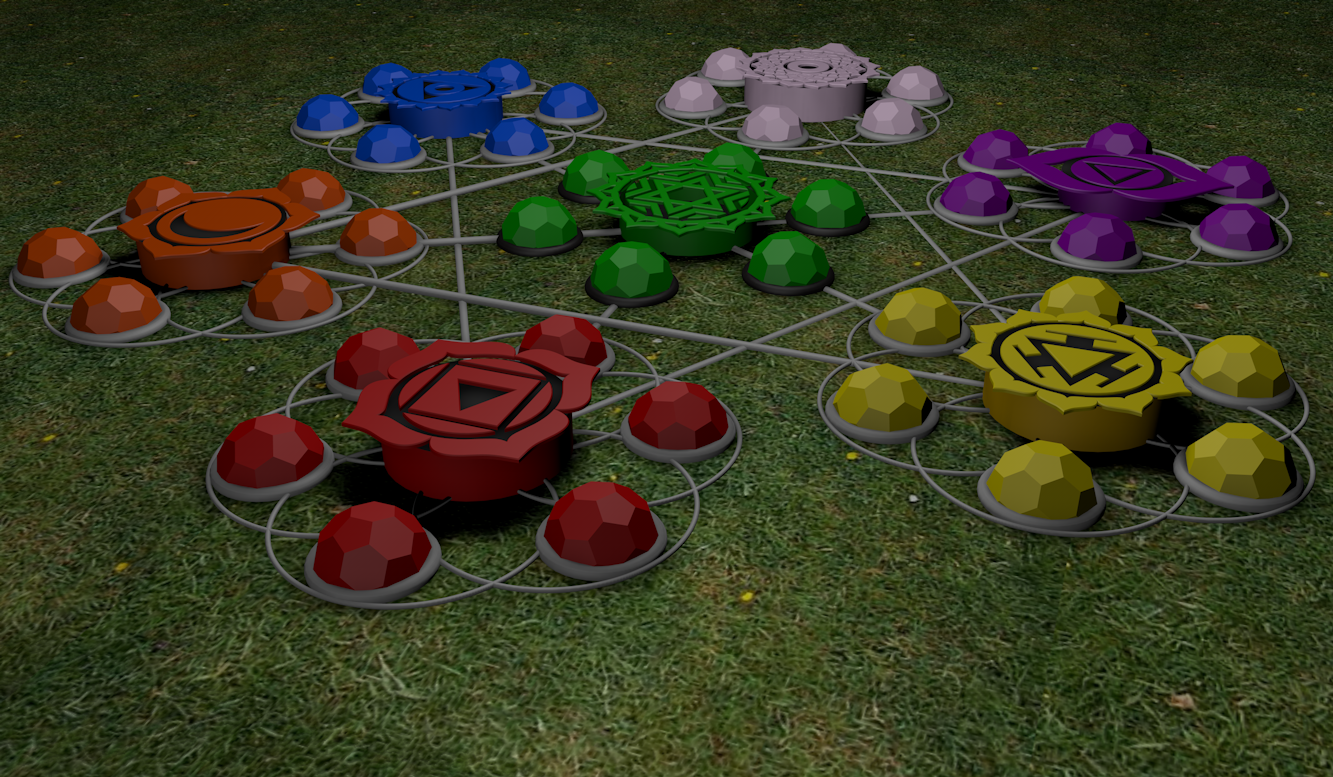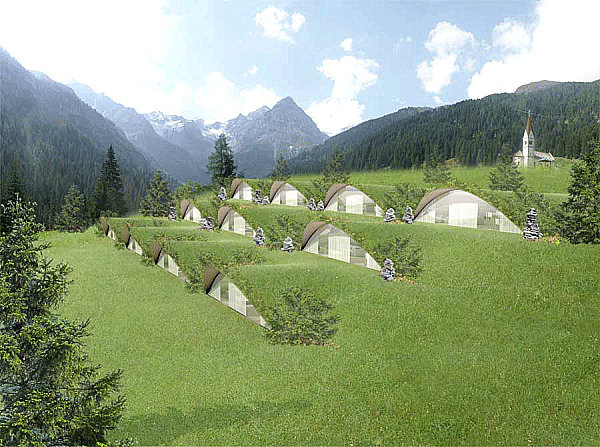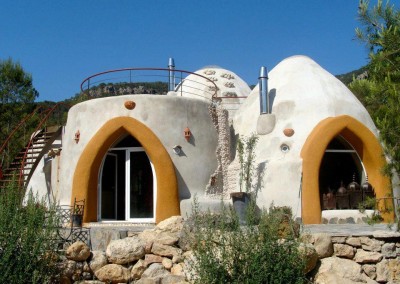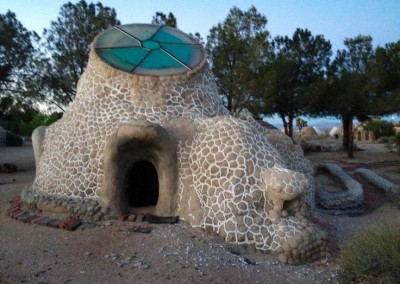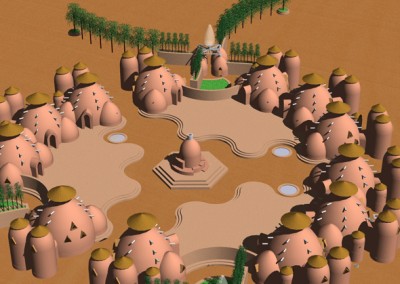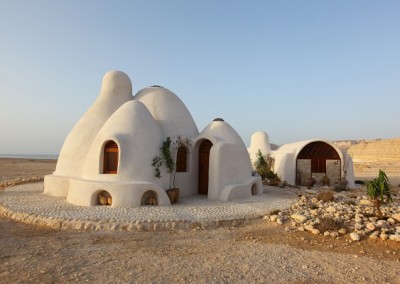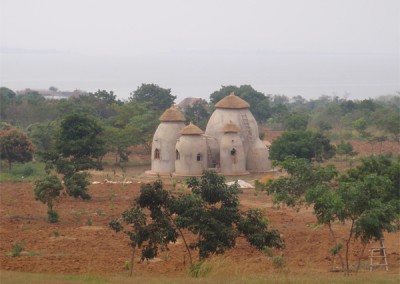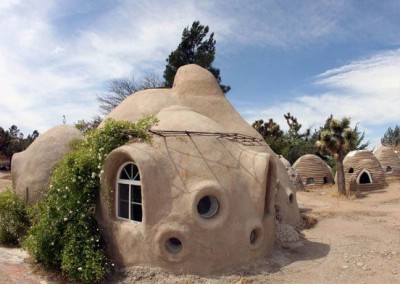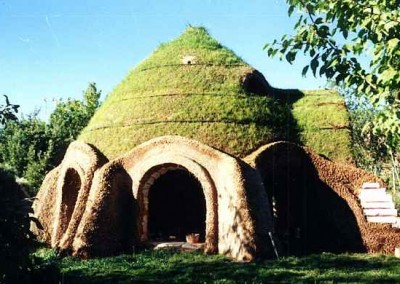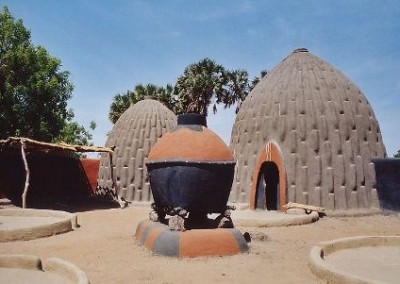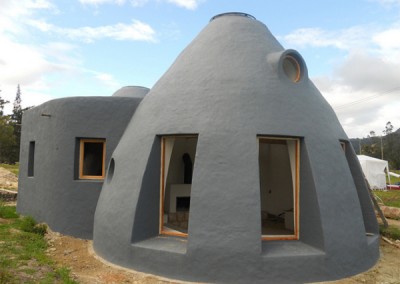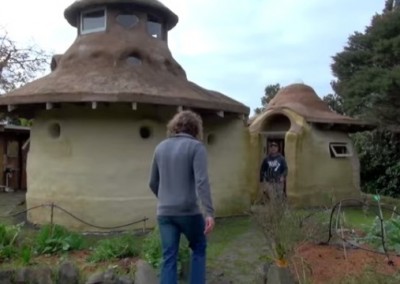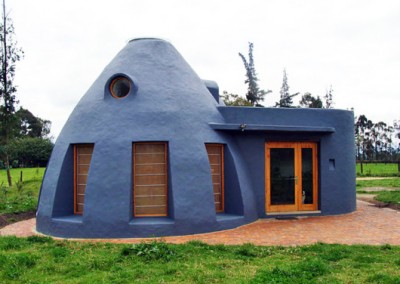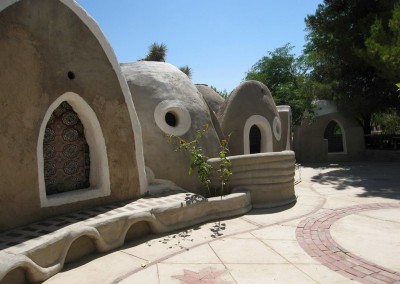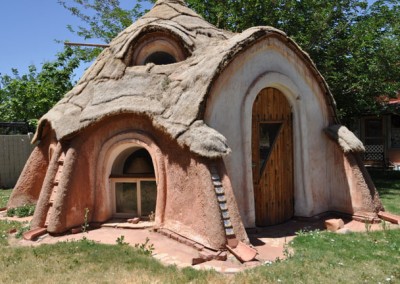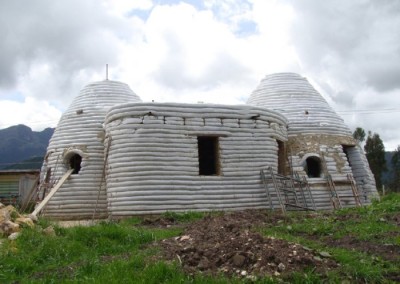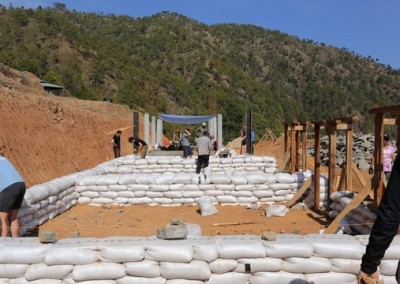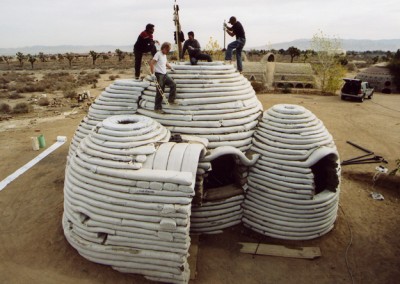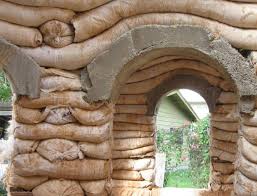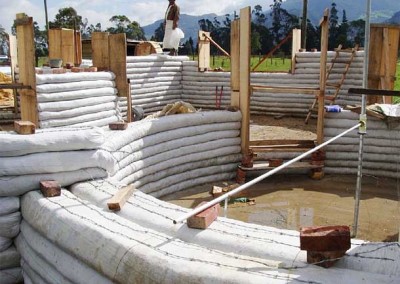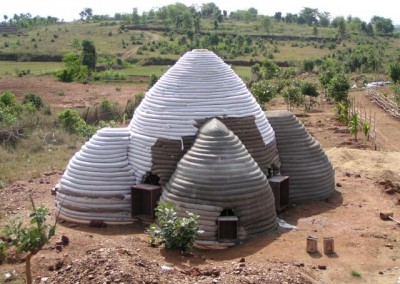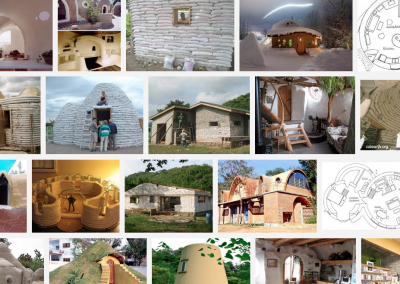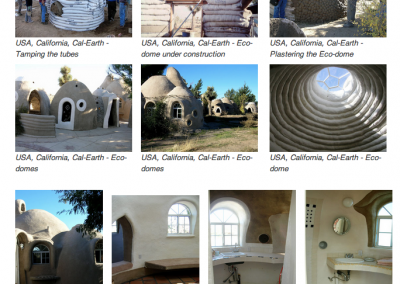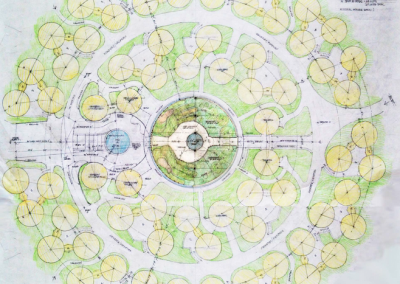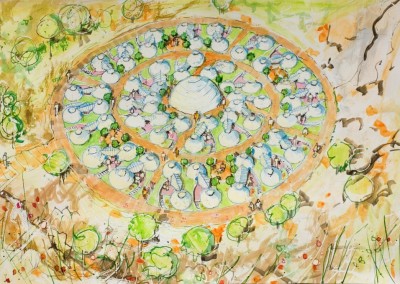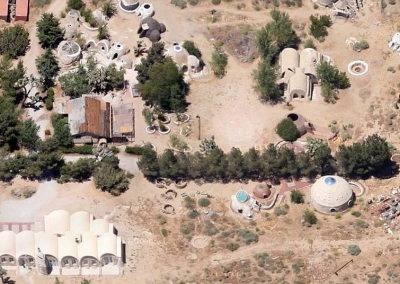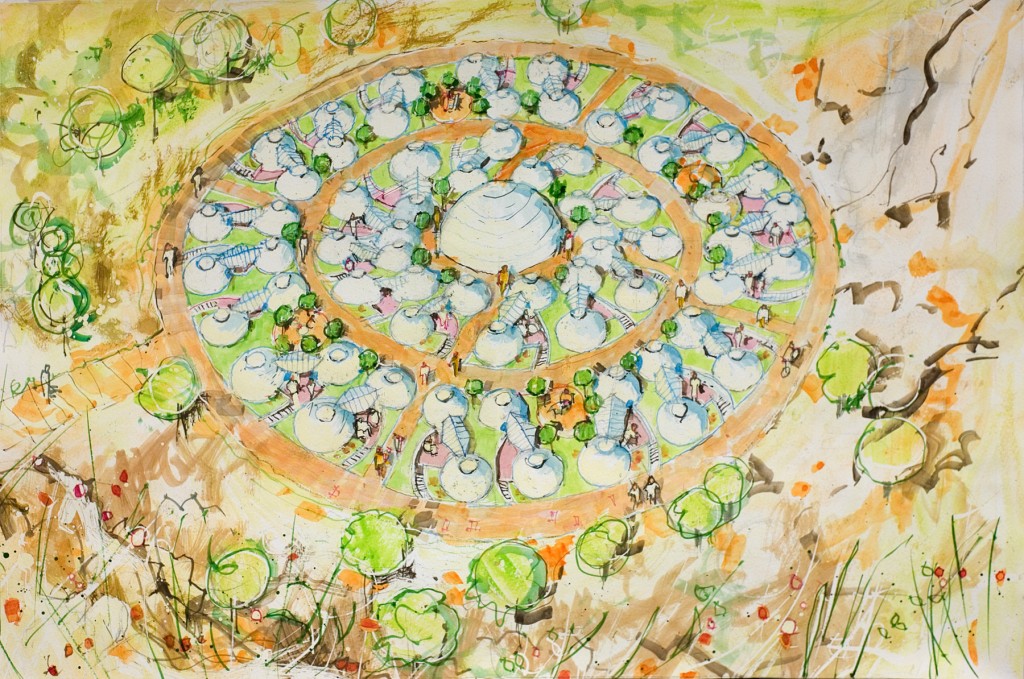Earthbag
Highly Sustainable Building Technique
Some of the benefits of earthbag construction are: connects you with Earth energy; easy to learn and build with; sustainable; ecological, using mostly earth; inexpensive; versatile in building styles possible; durable; earthquake, can be either insulation or thermal mass; non-toxic;flood and bullet resistant; uses a simple foundation. Domes uses very little wood, steel, or concrete to build, which eliminates the need to use these materials that have an adverse affect on the environment.
Cost Effective
The main cost are the bags and the cement. Using soil from the site and do it yourself makes it very affordable.
Easy To Build
The main cost are the bags and the cement. Using soil from the site and do it yourself makes it very affordable.
Do It Yourself
The main cost are the bags and the cement. Using soil from the site and do it yourself makes it very affordable.
When the useful life of the structure has ended, the materials can simply be graded back into the Earth with no serious threat to the environment.
Benefits and Costs
Earthbag construction is an inexpensive method to create structures which are both strong and can be quickly built. It is a natural building technique that evolved from historic military bunker construction techniques and temporary flood-control dike building methods. The technique requires very basic construction materials: sturdy sacks, filled with inorganic material usually available on site. Standard earthbag fill material has internal stability. Either moist subsoil that contains enough clay to become cohesive when tamped, or an angular gravel or crushed volcanic rock is used. (Sandbag structures with sand fills are an alternative technology and require very different construction details). Walls are gradually built up by laying the bags in courses — forming a staggered pattern similar to bricklaying.
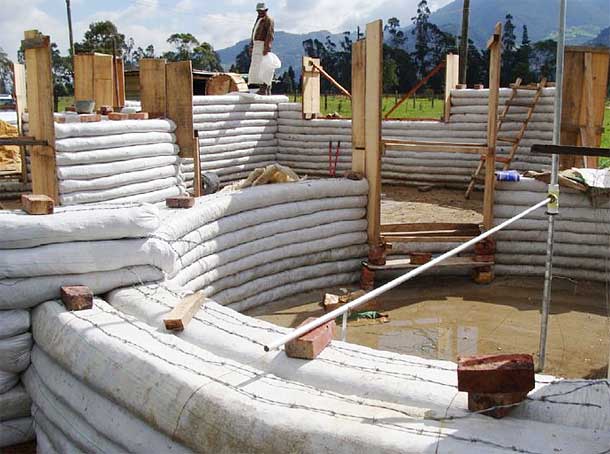
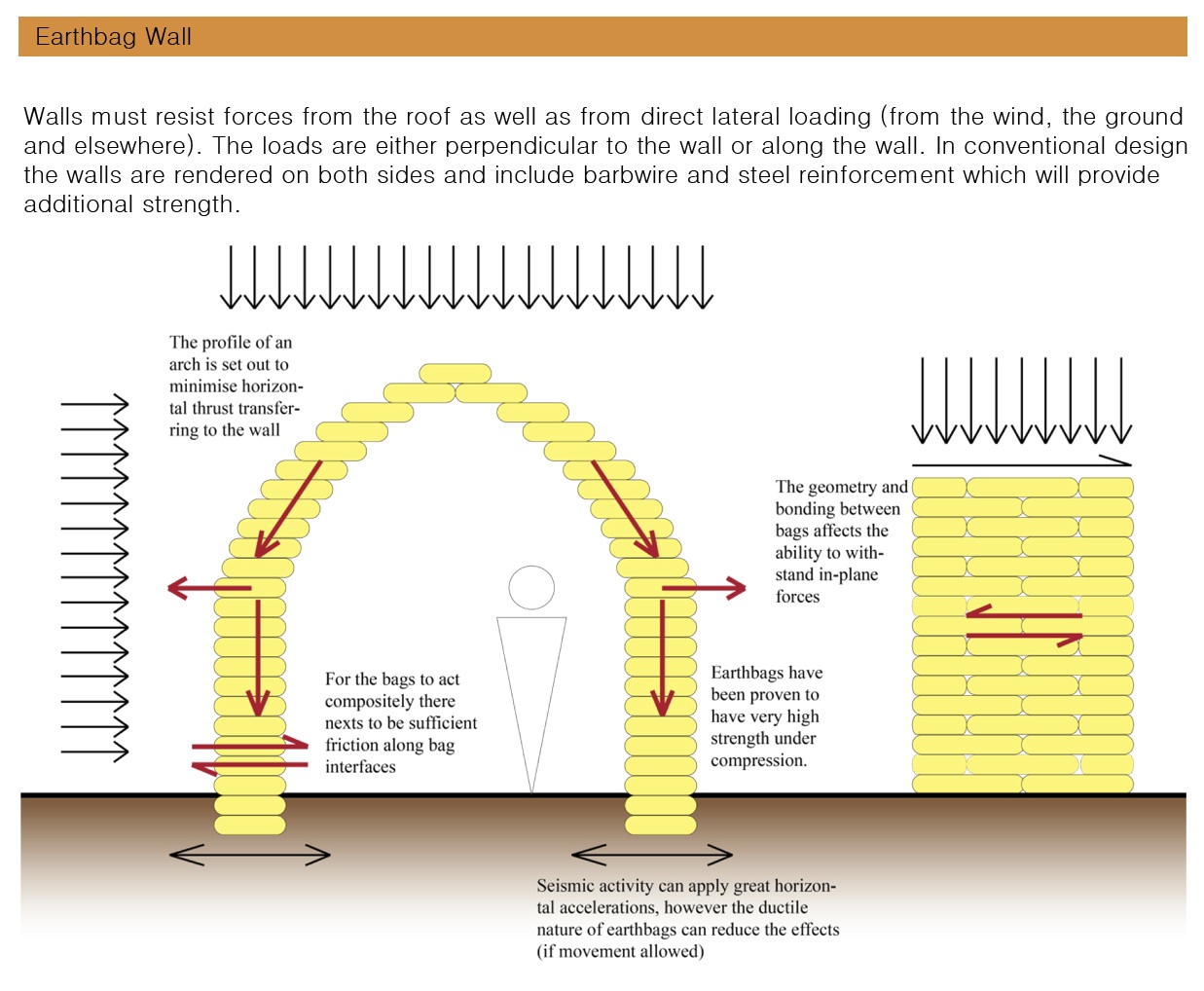
Construction Technique
Earth is the most typical fill material used in bag-wall construction techniques. This building method utilizes stacked polypropylene or natural-fiber (burlap) bags filled with earth or other mixes without a stabilizer such as portland cement, to form footings, foundations, walls and even vaulted or domed roofs. In recent years, building with earth bags has become one of the increasingly practiced techniques in natural building. It facilitates self-contained, often free-form rammed-earth structures. Its growing popularity relates to its use of an abundant and readily available often site-available material (earth) in a potentially inexpensive building technique that is flexible, and easy to learn and use. However, because earth is a poor insulator, in more extreme climates other filler variations are now being explored, substituting pumice, rice-hulls or another material with better insulating value for all or part of the earth.
Environmental Impact
Earthbag construction uses less energy than other durable construction materials like concrete, brick or wood. No energy is needed to produce the necessary materials other than gathering soil. Almost no energy is expended on transportation with soil that is used coming directly from the site. And unlike rammed earth construction, no energy is required to compact the soil. The energy-intensive materials that are used — plastic (for bags & twine), steel wire, and perhaps the outer shell of plaster or stucco — are used in relatively small quantities compared to other types of construction. The buildings last a long time. When the useful life of the structure has ended, the materials can simply be graded back into the Earth with no serious threat to the environment, or even be recycled into new earthbag-constructed buildings.
Website Links and Videos
Earthbag Videos
Earthbag Plans
Earthbag Building
Earthbag Permits and Codes
How to Build an Insulated Earthbag House
Engineer for Earthbag Homes
Concrete Pumps for Filling Earthbags
Cal Earth
Earthbag Building FAQ
Superadobe Dome Material Cost Calculator
Earthbag Projects
Earthbag Structural Engineering
Earthbag Drawings
Earthbag Homes
Earthbag Ecovillage in East Africa
Cal Earth Eco-Dome Video
Cal Earth Eco Dome Video
Click Image Below See More Sustainable Building Types

